Charles Greifenstein
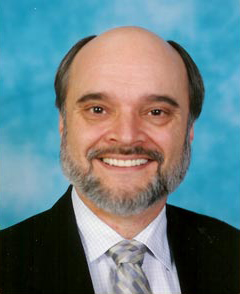
Charles Greifenstein has an MA in literature from the University of Arizona and an MS in information science from Drexel University. Prior to his arrival at the American Philosophical Society in 2003, for nine years he worked at the College of Physicians of Philadelphia, last serving as Associate Librarian and Curator of Archives & Manuscripts. Since 2004 he has been Manuscripts Librarian at the APS. It is his privilege to have in his care many of the surviving documents of the Lewis and Clark expedition, including the original journals.
Contributions
Peale’s Early Years
by Charles Greifenstein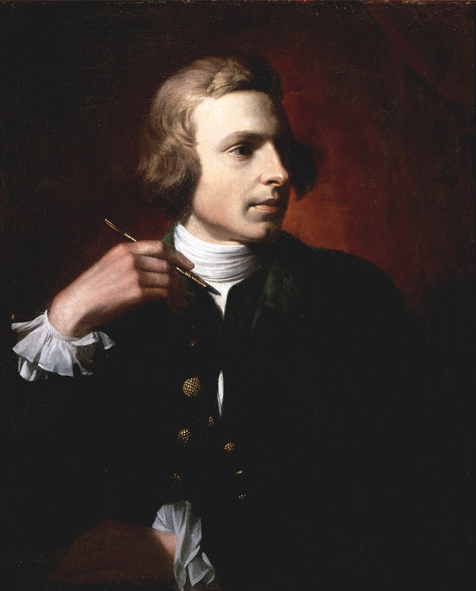

As the oldest child, Charles Willson very early faced the problem of earning a living for himself and helping support his mother and siblings. By 1761 Peale was able to set himself up as an independent saddler and then learned watch repair, harness making, upholstering, and silversmithing.
Peale the Patriot
by Charles Greifenstein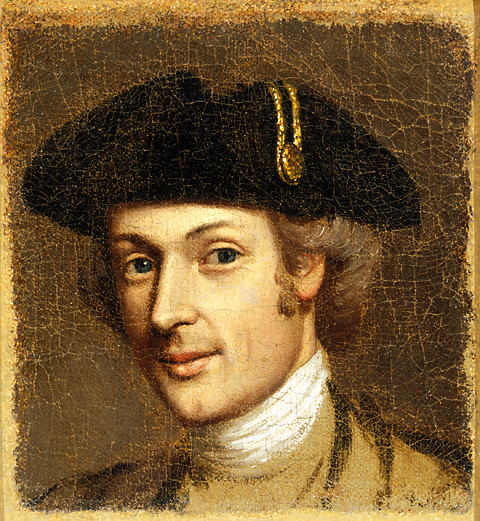

Captain Peale’s militia company sailed up the Delaware River toward Trenton, arriving in time to see Washington’s bedraggled army cross into Pennsylvania. As the war progressed, he found himself strongly drawn to the democratizing aspects of the revolution.
Peale’s Later Years
by Charles Greifenstein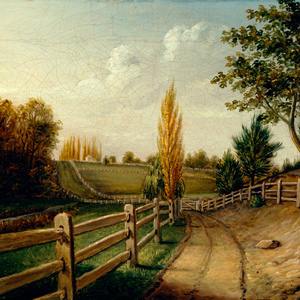

Purchasing over one hundred acres of rolling land in 1810, Peale expected that as a gentleman farmer he would give himself over to a life of art. He did paint more, but Peale, as energetic as ever, also poured himself into the agricultural arts and technological invention.
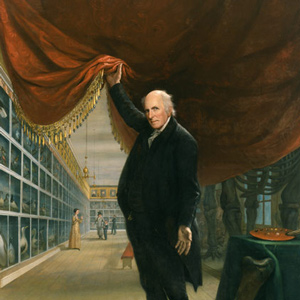

The stuffed birds and mammals, the skins and skeletons, and especially the Indian artifacts, that Peale received—mainly from Lewis, through Jefferson—greatly benefited the museum and consequently the public’s appreciation of the expedition.
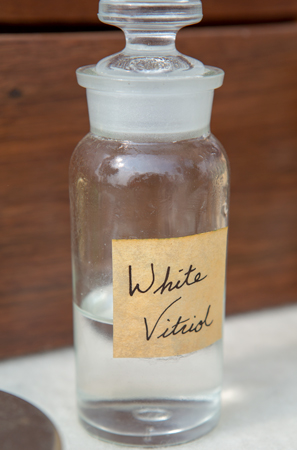

The advice Dr. Rush had given Lewis often sounds rather odd or useless by modern standards, and wasn’t followed to the letter by the captains, but it fulfilled Jefferson’s request.
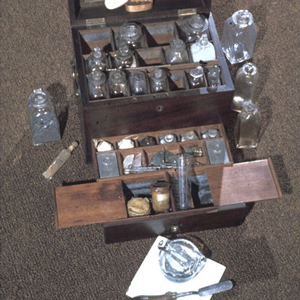

Treatment emphasized depletion of ‘morbid excitement’ through bleeding and purging. Calomel and jalap were preferred purgatives; blended together they became Rush’s pills, taken along by the Corps of Discovery.
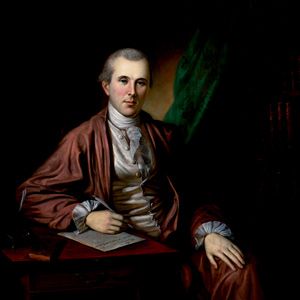

Rush was the most famous physician in America in 1803, the year Meriwether Lewis, at the behest of Thomas Jefferson, visited him in Philadelphia, where Rush would advise Lewis on how to keep his men healthy.
Peale the Painter
by Charles Greifenstein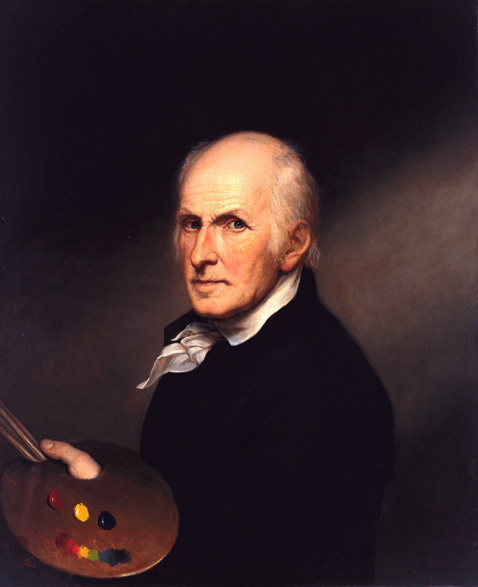

Portrait painting pointed to better prospects than saddle-making. Leaving Rachel and their young son, with high hopes for his new profession and eager to see that the inheritance promised his father was secure, Peale sailed for England in December 1766.
Peale’s Museum
by Charles Greifenstein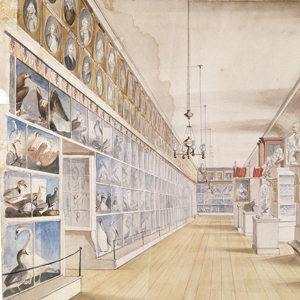

Peale’s Museum showcased the natural treasures of the new country such as mastodon fossils from Big Bone Lick and the first public display of artifacts from the Lewis and Clark Expedition.
